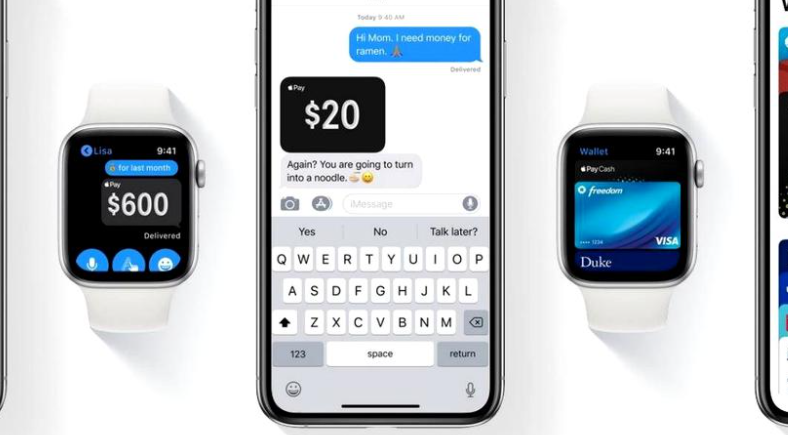
The original Google Home Hub device, possibly renamed Nest Hub, has remained unchanged since its launch and in terms of hardware. In fact, it has received multiple software updates that have added extra functionality, such as the ability to be used for distance school activities and movie playback via Netflix. But the time has come for a new generation of smart screen from Google, and the new model, even if it looks the same on the outside, has a number of innovations in hardware and software.
Google Nest Hub 2 looks almost identical on the outside to the original model
Google went for the idea that if it’s not broken, it doesn’t need improvement, so it kept the Nest Hub 2 design identical. We have a screen and a speaker at the base, with four color options for its textile clothing: Chalk, Charcoal, Sand and Mist.
Inside, however, you can see the important differences. First of all, we are dealing with better speakers, with 50% more bass, for a more pleasant listening experience. Nest Hub is compatible with YouTube and Spotify for music playback, and many users use their devices as smart speakers. Then we have to deal with a faster processor. The Nest Hub interface seemed to be starting to outperform the original model in some situations, so the extra performance will ensure compatibility with new features in the future.
The biggest novelty, however, is the integration of a Soli radar sensor, similar to the one integrated in Google Pixel 4. It will allow gesture control, without touching, but you still have to be close to the device for that. Another capability allowed by Soli is sleep monitoring, even without a watch on hand. This means that you must have a Nest Hub in the bedroom, next to the bed, where the sensor can detect. Google will provide free access to the ability to monitor sleep until 2022, in the preview version. However, it will be integrated with Fitbit services, eventually.
Last but not least, it is important to mention that the second generation Nest Hub does not integrate a camera or video. Only the Max model comes equipped with such a thing. Google hopes that Nest Hub will also be a hub for Smart Home systems, so it has integrated the open-source connectivity standard CHIP (Connected Home over IP), which will be used on the next generation of connected devices for smart homes.





